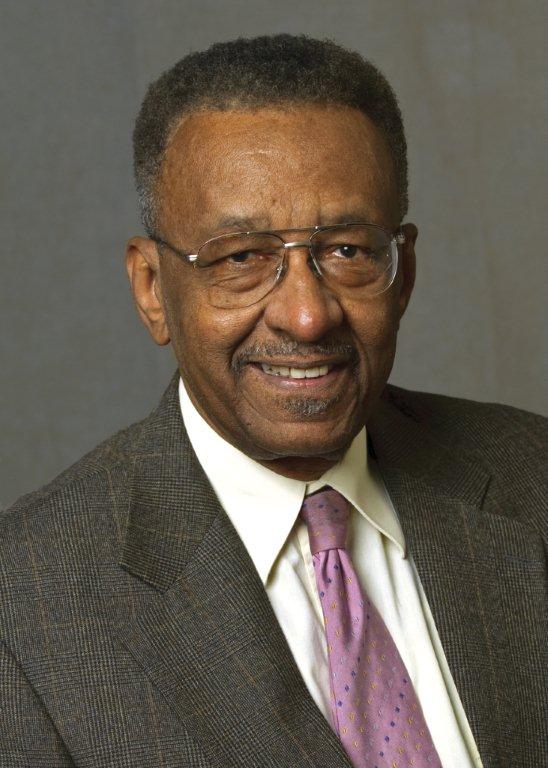Which serves the interests of the black community better: a black student admitted to a top-tier law school, such as Harvard, Stanford or Yale, and winds up in the bottom 10 percent of his class, flunks out, or cannot pass the bar examination, or a black student admitted to a far less prestigious law school, performs just as well as his white peers, graduates and passes the bar? I, and hopefully any other American, would say that doing well and graduating from a less prestigious law school is preferable to doing poorly and flunking out of a prestigious one.
Professor Gail Heriot, U.S. Commission on Civil Rights commissioner and member of the University of San Diego law faculty, addresses academic mismatch in her article “Affirmative Action in American Law Schools,” in The Journal of Contemporary Legal Issues (2008). Citing UCLA law professor Richard Sander’s research, Professor Heriot says that at elite law schools 52 percent of black students had first-year grades that put them in the bottom 10 percent of their class as opposed to 7 percent white students. Black students had a higher failing and dropout rate, 19 percent compared to 8 percent for white students. Only 45 percent of blacks passed the bar exam on their first try compared with 78 percent of whites. Even after multiple attempts, only 57 percent of blacks succeeded in passing the bar.
Professor Heriot points out that this tragedy is reversed when black and white law students with similar academic credentials compete against each other at the same school. They earn about the same grades. When these students with the same grades from the same-tier school took the bar examination, they passed at the same rate.
In the name of affirmative action, diversity and multiculturalism, black students are being admitted to law schools where their academic credentials are far lower than whites. The LSAT, which ranges from 120 to 180, is an admissions test for most law schools.
According to the Journal of Blacks in Higher Education, the mean LSAT score at Harvard, Stanford and Yale law schools was 170. In 2004, nationally only .03 percent of blacks scored that high compared to 3.1 percent of whites. Overall the mean LSAT score for blacks is 142; for whites it’s 152. Many blacks admitted to top-tier law schools are brought into a highly competitive environment where the chances for success are quite remote. In order for second- and third-tier law schools to have what they see as their quota of black students, they must in turn lower their admission standards. As a result, those black students wind up in the bottom of their class. It is truly a vicious, mean agenda, where black students, who would be successes at a second- or third-tier law school, have been recruited and admitted to the highly competitive environment of first-tier schools in the name of diversity and turned into failures.
Think of it this way. Suppose you asked, “Williams, would you teach me how to box?” I say yes and the first matchup I arrange for you is against Lennox Lewis. You might have the potential to ultimately be an excellent boxer, but you’re going to get your brains beaten out before you learn how to bob and weave. It’s the same with any student — black or white. He is less likely to succeed if he is placed in an academic environment where his credentials don’t begin to match those of his peers. He is likely to do much better in a slower paced, less competitive environment where he might receive more personal help.
I have frequently made this argument only to be asked: If top-tier colleges don’t have racially different admissions policies, how are they going to have enough black students? My response is that’s their problem. Black people can’t afford to have our youngsters turned into failures so that in the name of diversity race hustlers and white liberals can feel better.
Walter E. Williams is a professor of economics at George Mason University. To find out more about Walter E. Williams and read features by other Creators Syndicate writers and cartoonists, visit the Creators Syndicate Web page at www.creators.com.
COPYRIGHT 2008 CREATORS SYNDICATE, INC.
